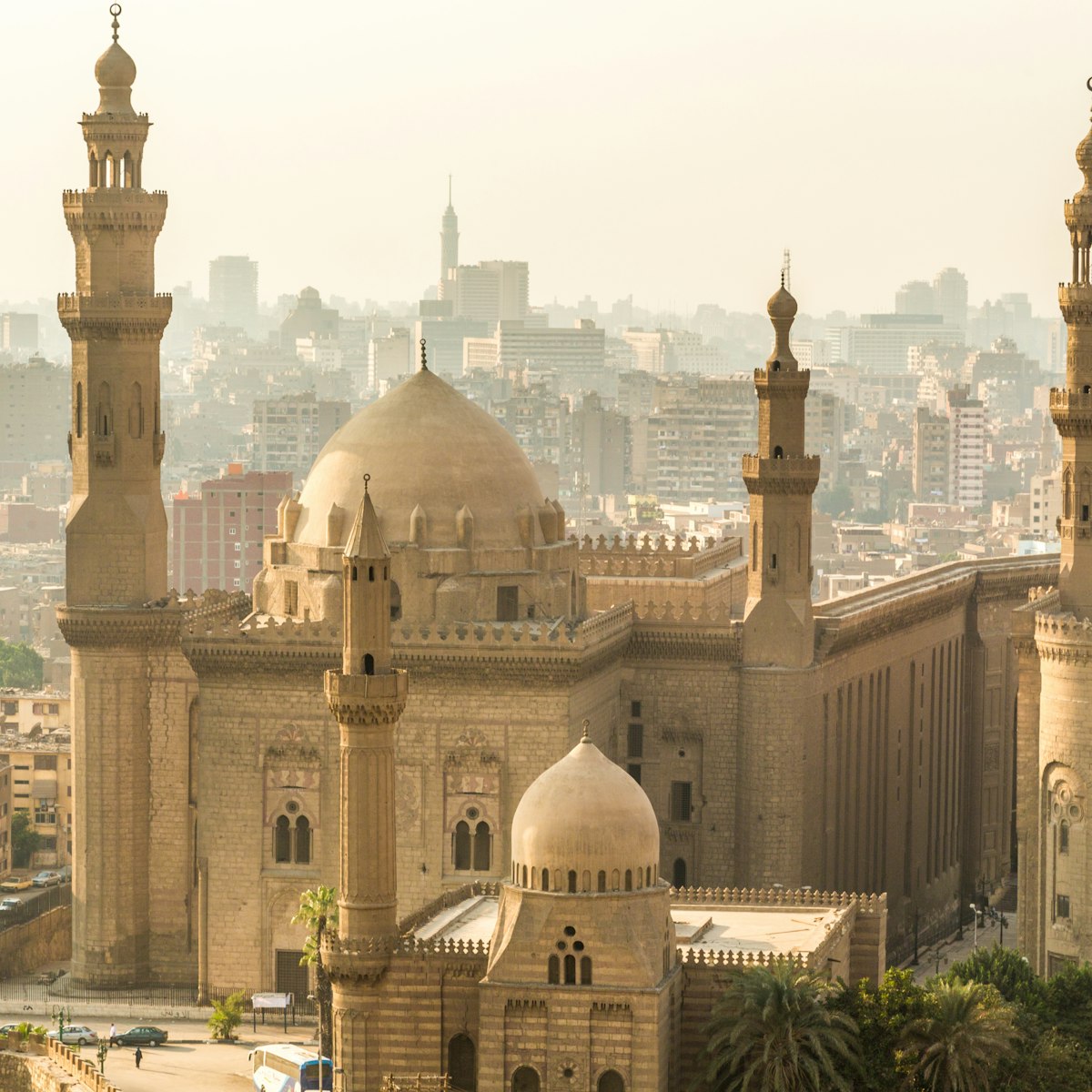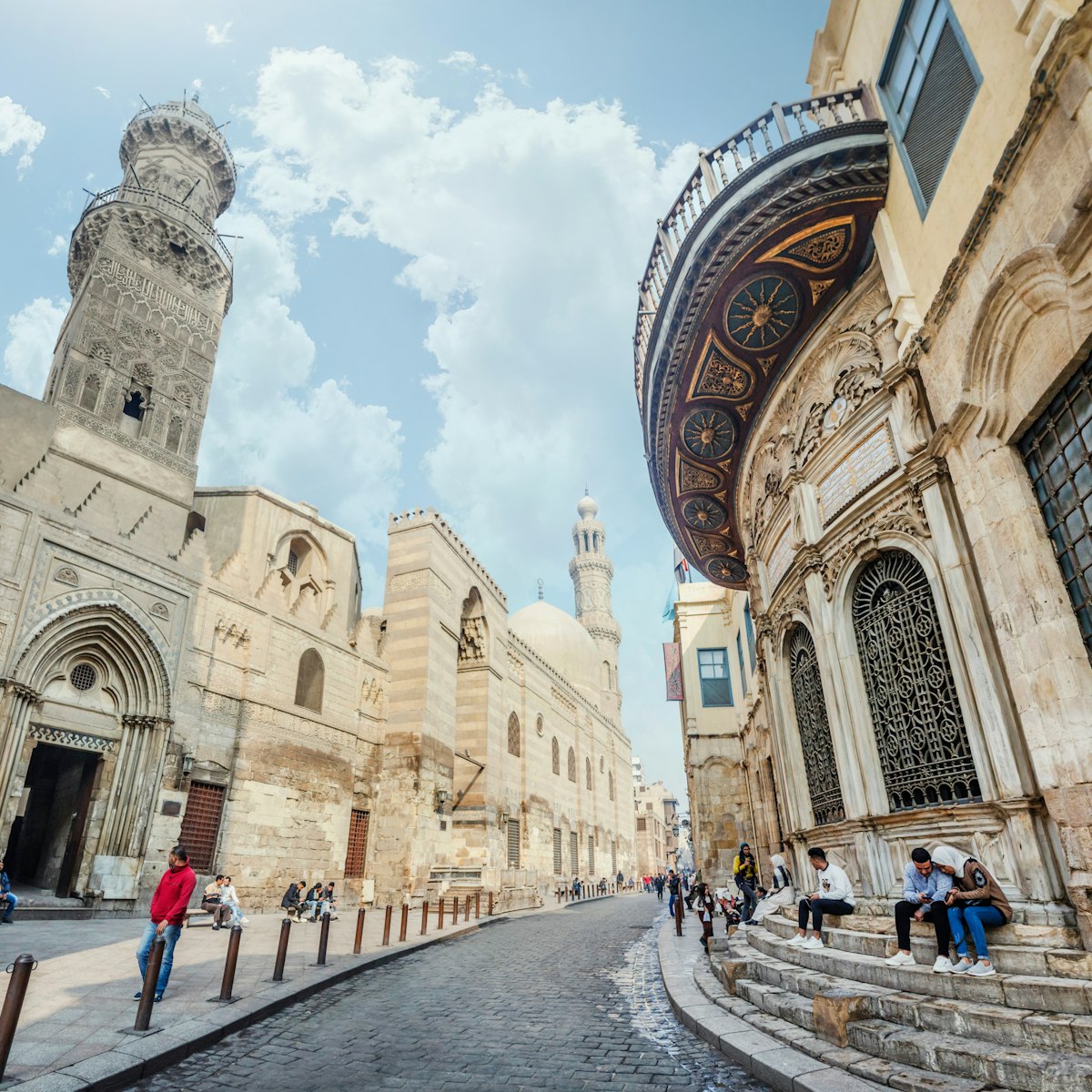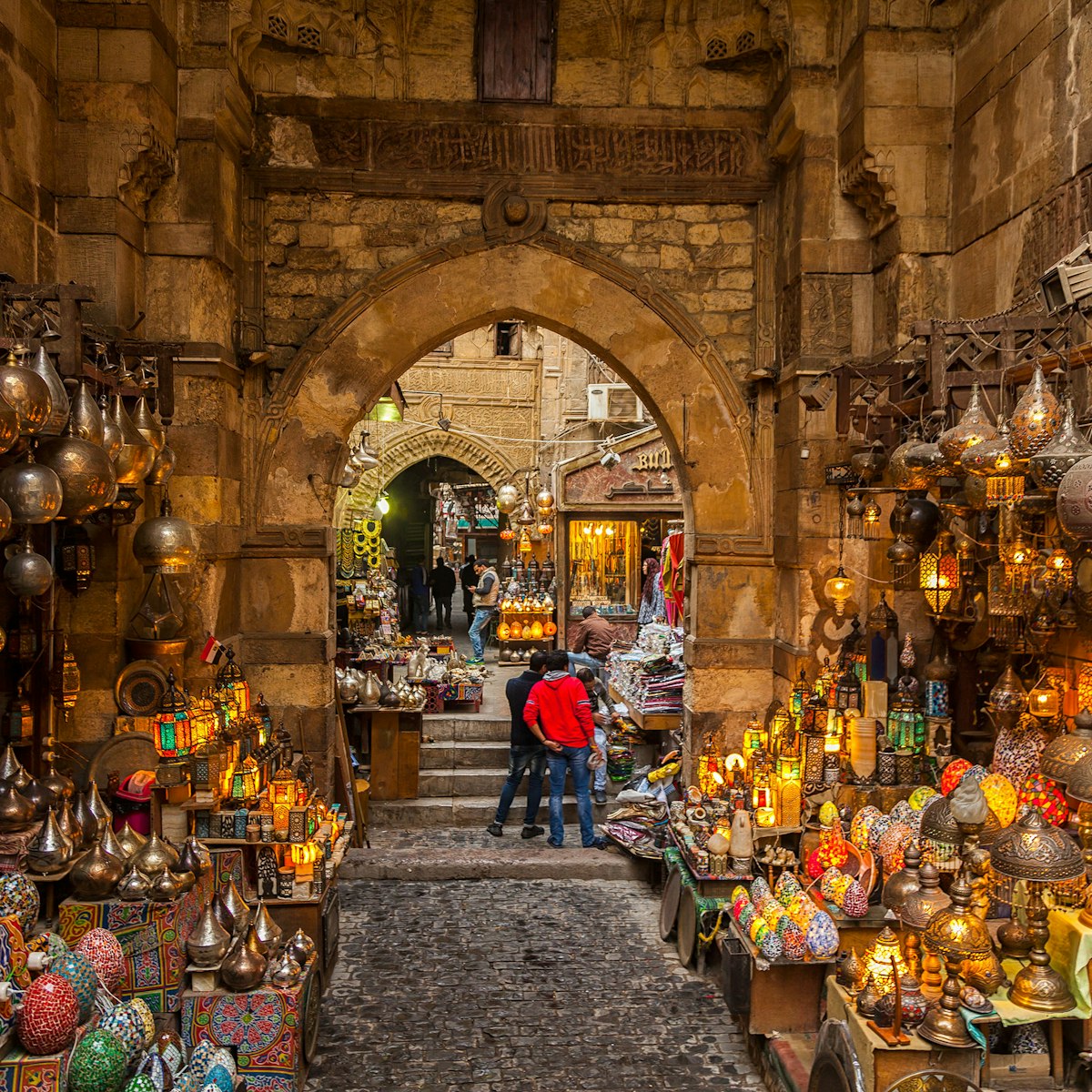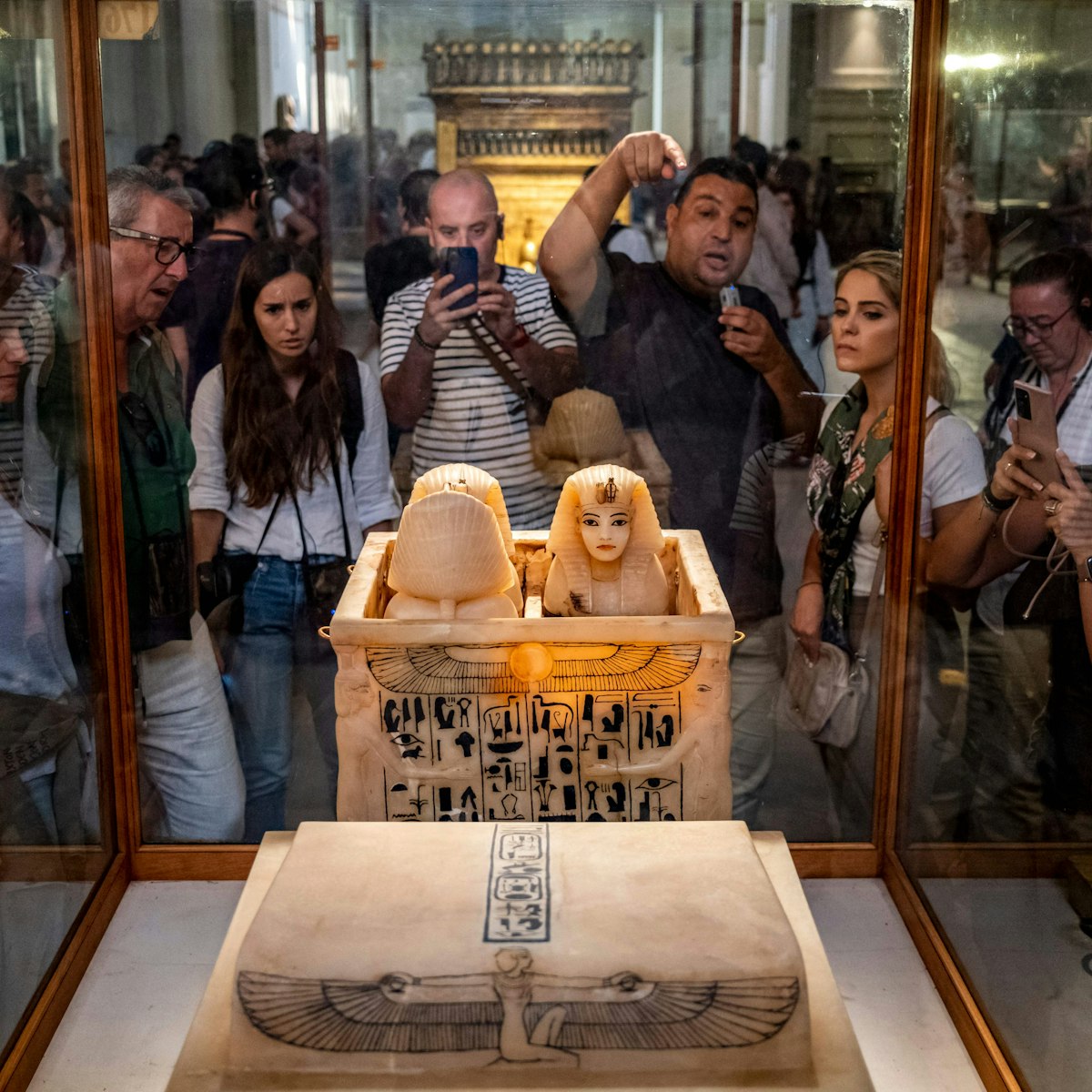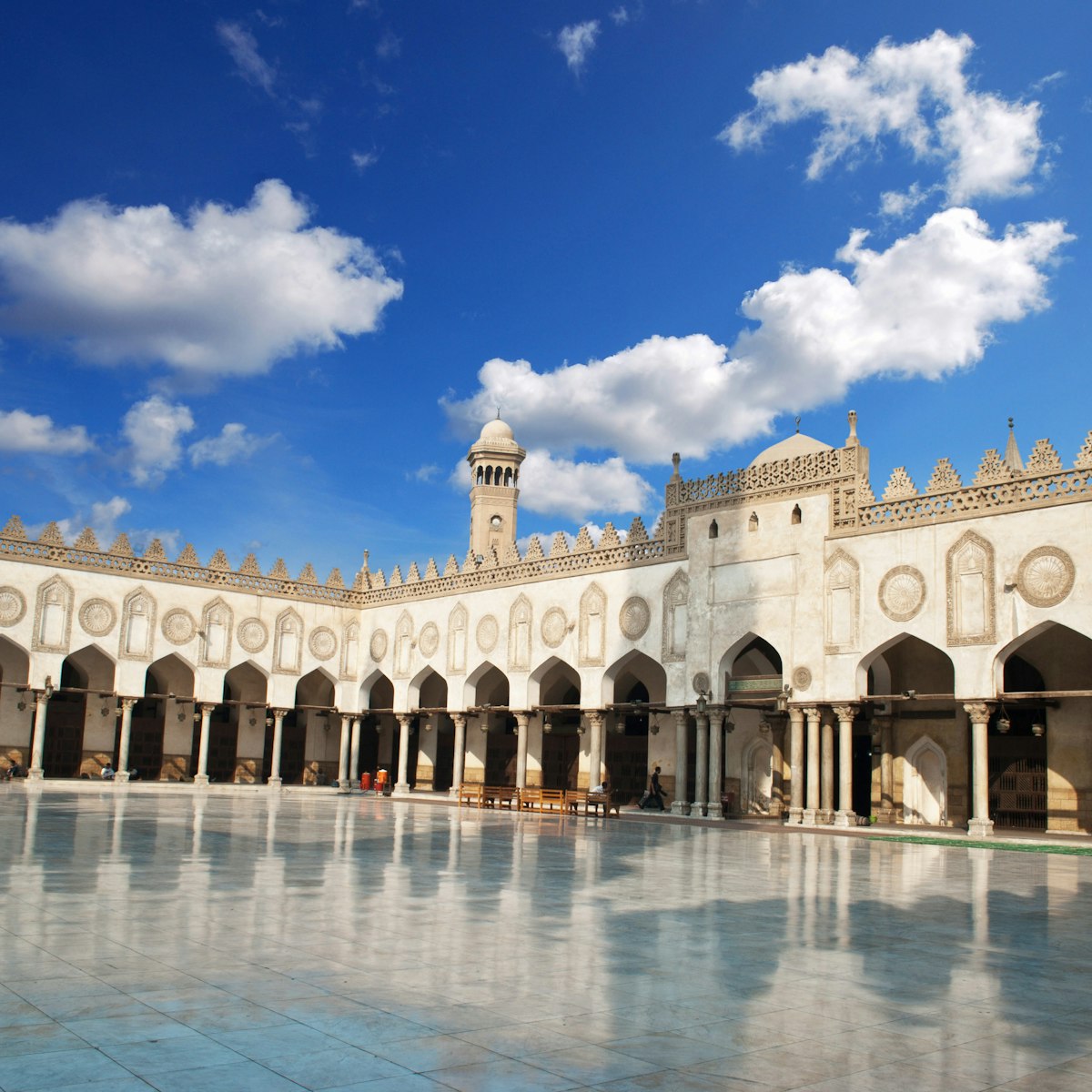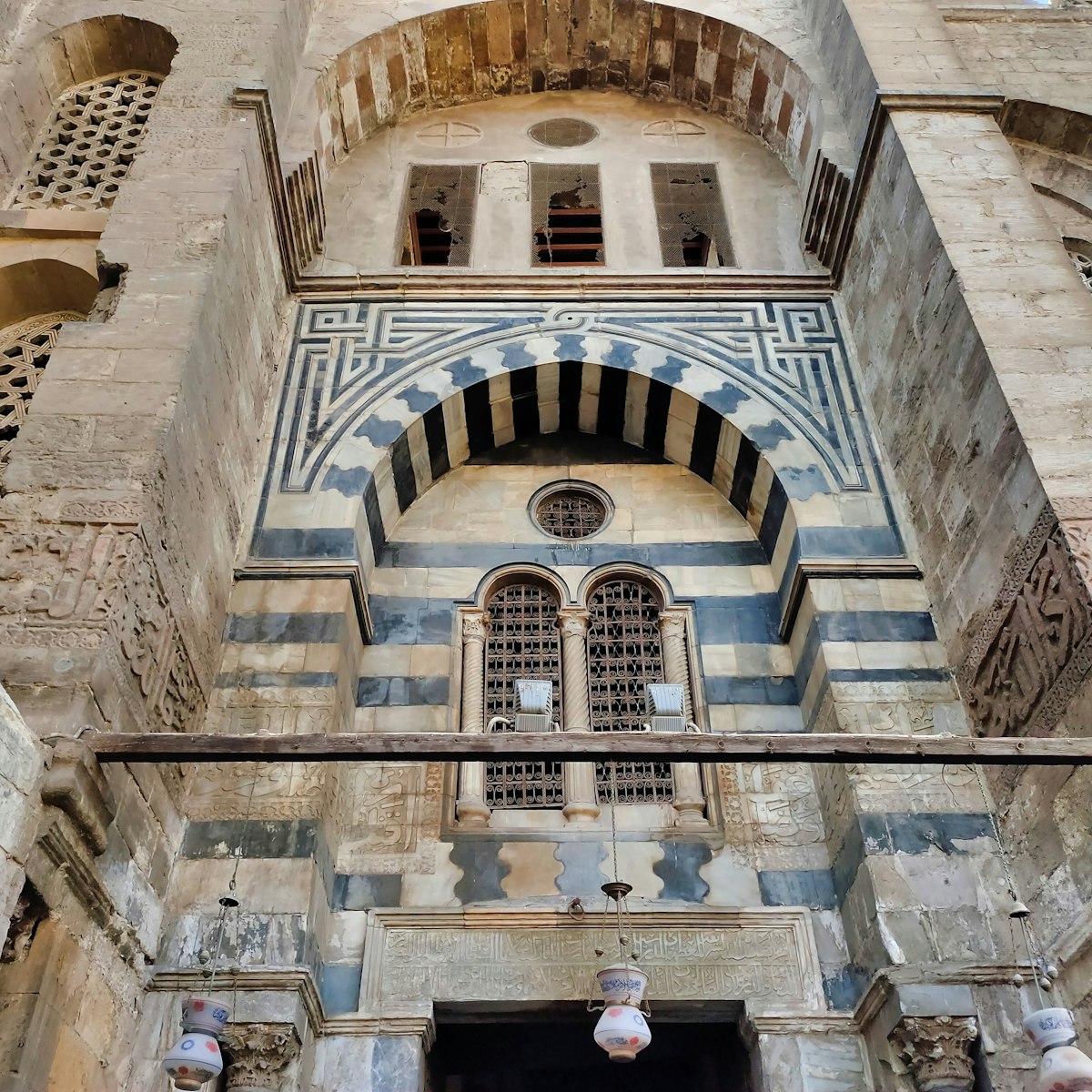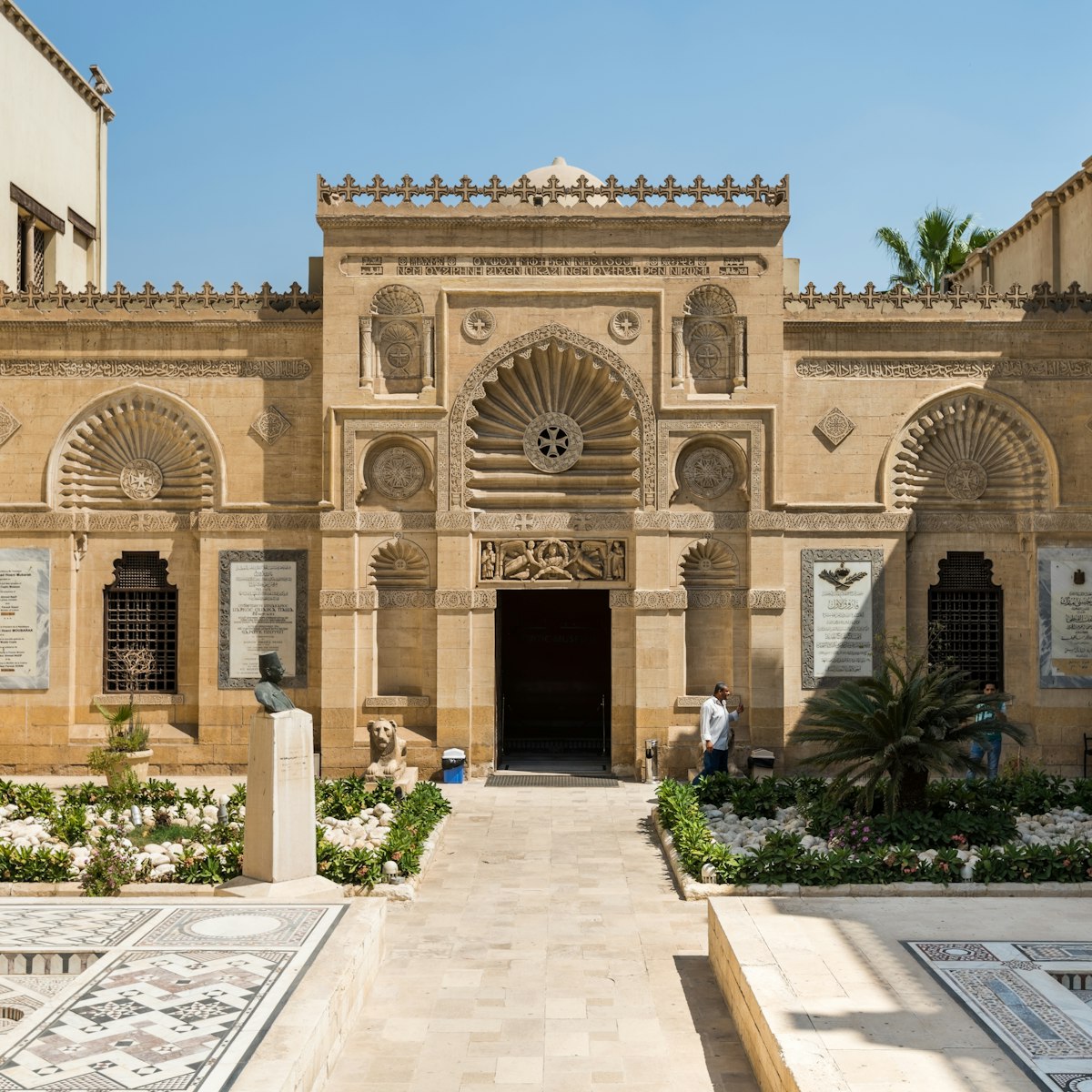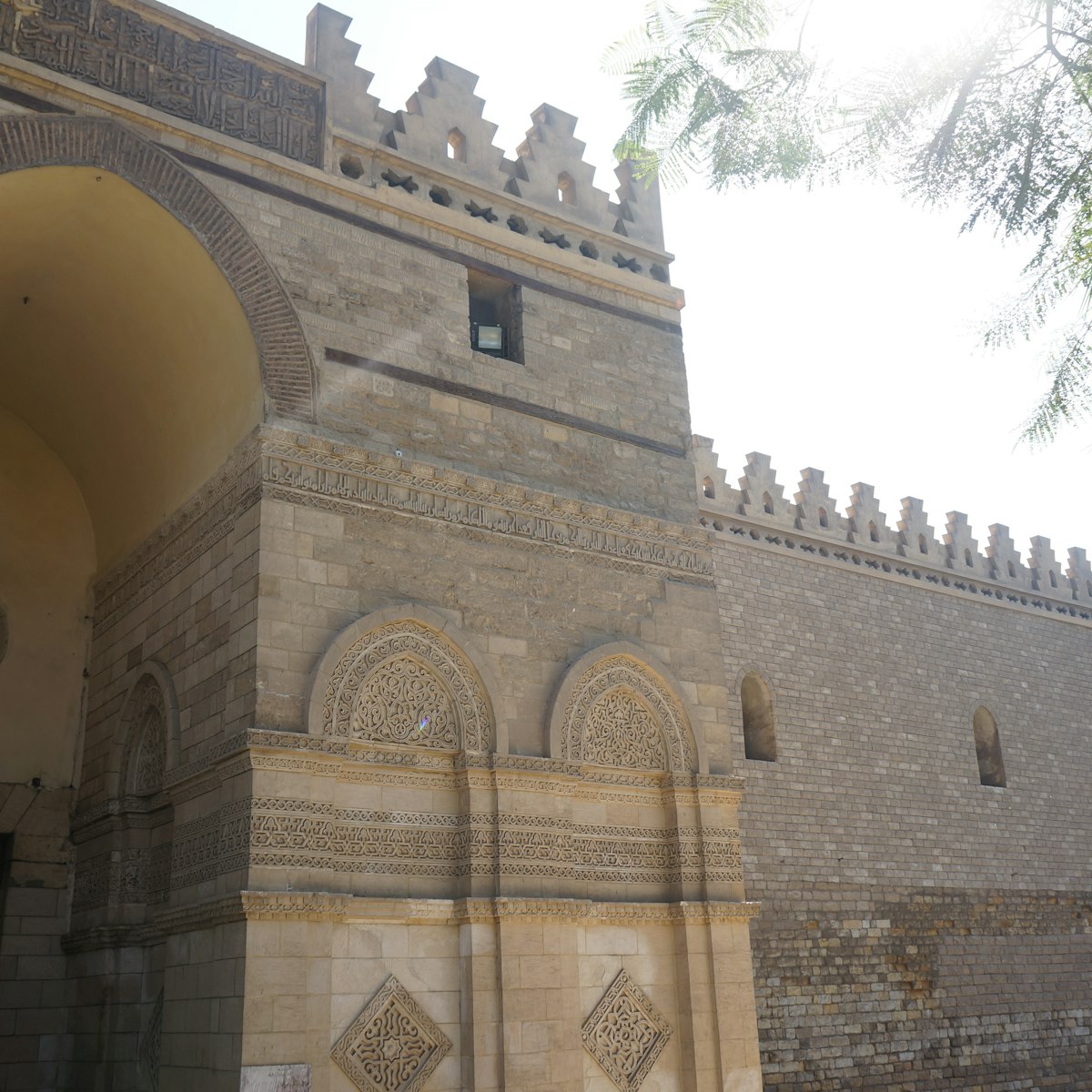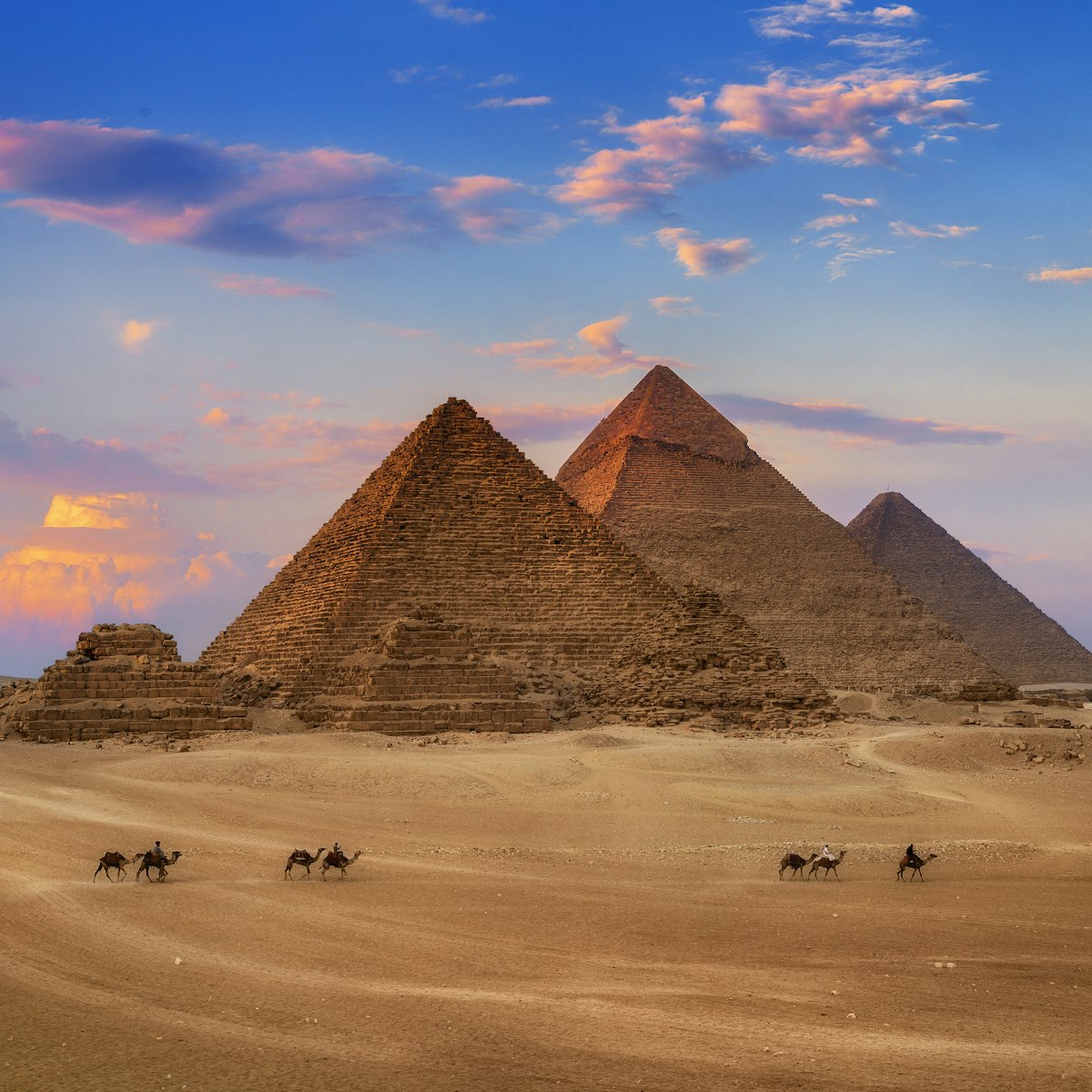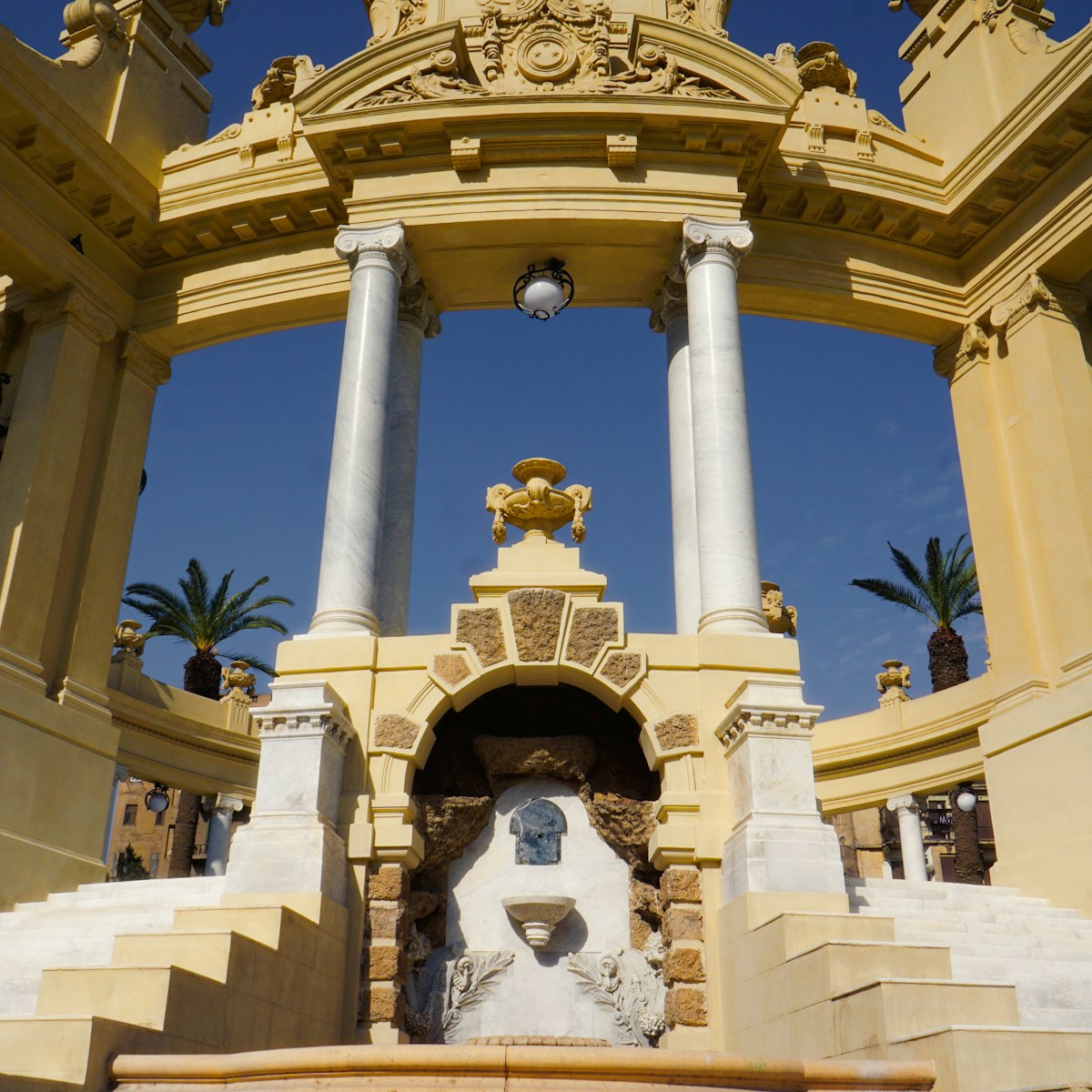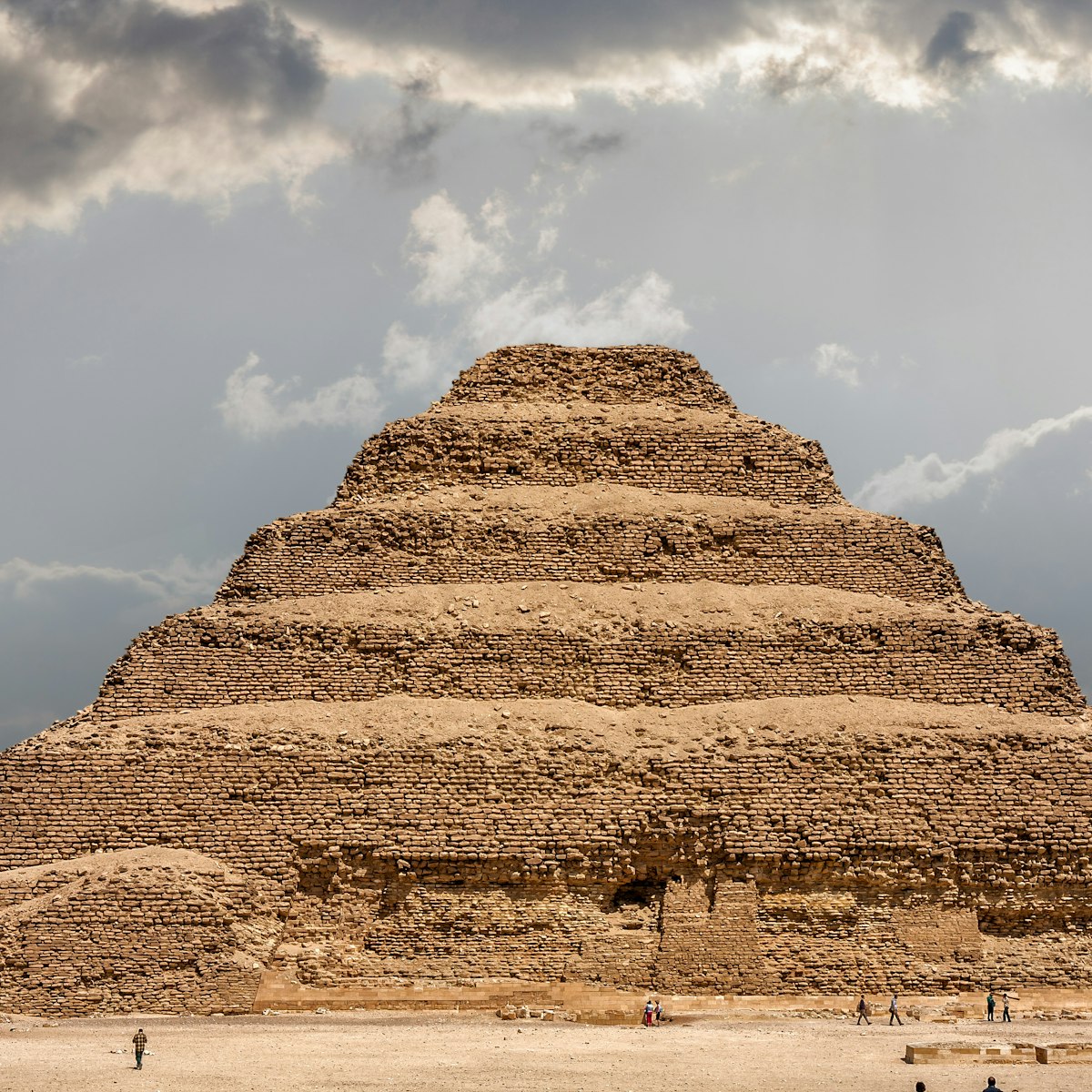
In the year 2650 BC, Pharaoh Zoser (2667–2648 BC) asked his chief architect, Imhotep (later deified), to build him a Step Pyramid. This is the world's earliest stone monument, and its significance cannot be overstated. The Step Pyramid is 60m high and is surrounded by a vast funerary complex, enclosed by a 1645m‑long panelled limestone wall. Part of the enclosure wall survives today, and a section near the entrance was restored to its original 10m height.
Previously, temples were made of perishable materials, while royal tombs were usually underground rooms topped with a mudbrick mastaba (a structure in the shape of a bench). However, Imhotep developed the mastaba into a pyramid and built it in hewn stone. From this flowed Egypt’s later architectural achievements.
The pyramid was transformed from mastaba through six stages of construction, the builders gaining confidence in their use of the new medium and mastering techniques required to move, place and secure the huge blocks. This first pyramid rose in six steps to a height of 60m, and was encased in fine white limestone.
You enter the complex at the southeastern corner via a colonnaded corridor and a broad hypostyle hall. The 40 pillars in the corridor are ‘bundle columns’, ribbed to resemble a bundle of palm or papyrus stems. The walls have been restored, but the protective ceiling is modern concrete. After the entrance, you pass through a large, false, half-open ka (attendant spirit) door – note the stone ‘hinge’ near the bottom. There were 14 such doors in the complex, in previous eras made of wood but here carved for the first time from stone and painted to resemble wood. They allowed the pharaoh’s ka to come and go at will.
The hypostyle hall leads into the Great South Court, a huge open area flanking the south side of the pyramid, with a section of wall featuring a frieze of cobras (the rest are in the Imhotep Museum). The cobra (uraeus) represented the goddess Wadjet, a fire-spitting agent of destruction and protector of the pharaoh. It was a symbol of Egyptian royalty, and a rearing cobra always appeared on the brow of a pharaoh’s headdress or crown.
Near the base of the pyramid is an altar, and in the centre of the court are two stone D-shaped boundary markers, which delineated the ritual race the pharaoh had to run, a literal demonstration of his fitness to rule. The race was part of the Jubilee Festival (Heb-Sed), which usually occurred after 30 years’ reign and showed the pharaoh’s symbolic rejuvenation and the recognition of his supremacy by officials from all over Egypt. The construction of the Heb-Sed within Zoser’s funerary complex was therefore intended to perpetuate his revitalisation for eternity.
The buildings on the eastern side of the pyramid are also connected with the royal jubilee, and include the Heb-Sed (Jubilee) Court. Buildings on the east side of the court represent the shrines of Lower Egypt, and those on the west represent Upper Egypt. All were designed to house the spirits of Egypt’s gods when they gathered to witness the rebirth of the pharaoh during his jubilee rituals.
North of the Heb-Sed Court are the House of the South Court and House of the North Court, representing the two main shrines of Upper and Lower Egypt, and symbolising the unity of the country. The heraldic plants of the two regions were chosen to decorate the column capitals: papyrus for the north and lotus for the south.
The House of the South also features one of the earliest examples of tourist graffiti. In the 47th year of Ramses II’s reign, nearly 1500 years after Zoser’s death, Hadnakhte, a treasury scribe, recorded his admiration for Zoser while ‘on a pleasure trip west of Memphis’ in about 1232 BC. His hieratic script, written in black ink, is preserved behind perspex just inside the building’s entrance.
A stone structure right in front of the pyramid, the serdab (a small room containing a statue of the deceased to which offerings were presented) contains a slightly tilted wooden box with two holes drilled into its north face. Look through these and you’ll have the eerie experience of coming face to face with Zoser himself. Inside is a lifelike statue of the long-dead pharaoh, gazing stonily out towards the stars. However, this is only a copy – the original is in Cairo’s Egyptian Museum.
The original entrance to the Step Pyramid is directly behind the serdab, and leads down to a maze of subterranean tunnels and chambers quarried for almost 6km through the rock. The pharaoh’s burial chamber is vaulted in granite, and others are decorated with reliefs of the jubilee race and feature some exquisite blue faience tile decoration. Although the interior of the pyramid is unsafe and closed to the public, part of the blue-tiled decoration can be seen in the Imhotep Museum at the site entrance.
 Publish for free
Publish for free

 zzdtravel
zzdtravel

